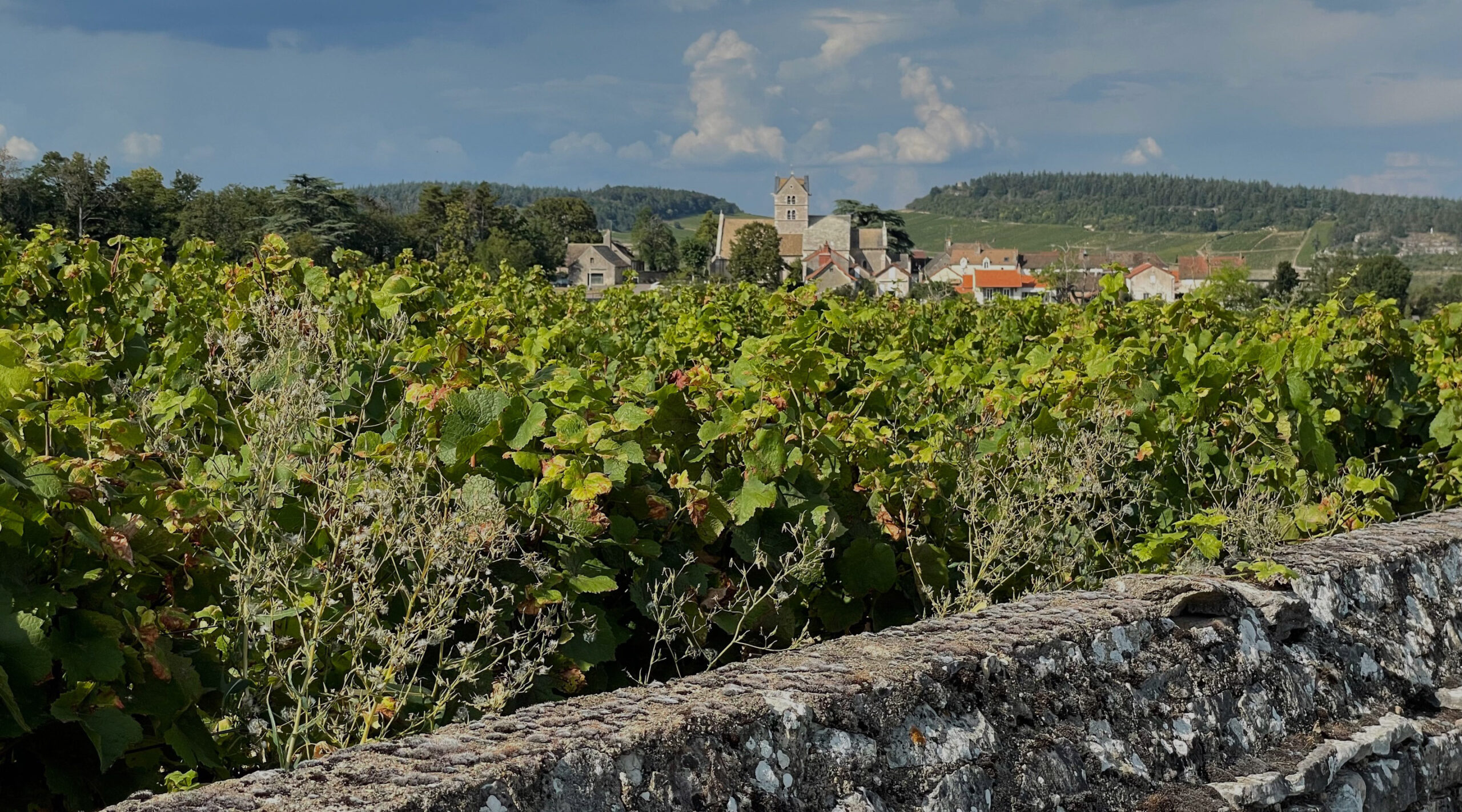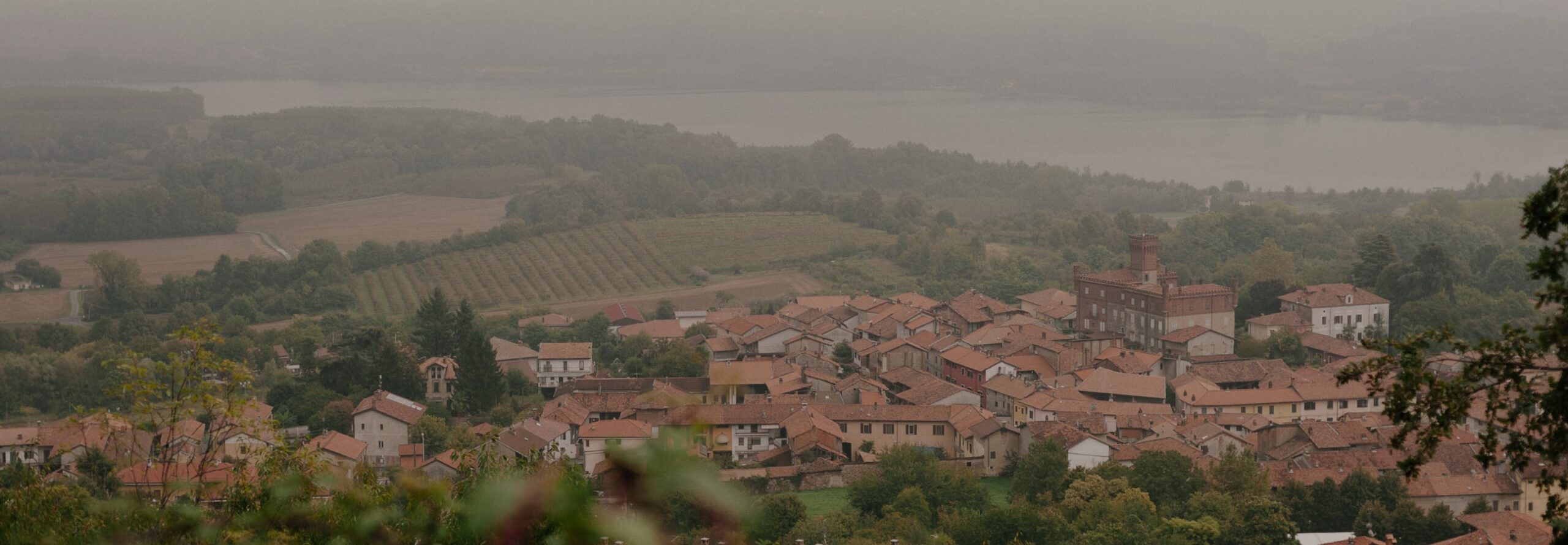The Domaine Meix Foulot has been in the hands of the de Launay family for multiple generations. Paul de Launay took the reins during the 1960s and began to bottle an increasingly important percentage of the wine produced at the domaine. Now, in the mid-1990s, his daughter, Agnes, joined the domaine and is now solely responsible for this exceptionally beautiful and historic domaine. This is one of the most picturesque of Burgundian domaines: situated high on a hill overlooking the entirety of Mercurey and surrounded by the gently sloping vineyards of the estate. The Domaine Meix Foulot is also one of the most important domaines in Mercurey, in terms both of size and excellence, with an imposing collection of vineyards that capture the full range of this underappreciated appellation.
This estate was one of the first to enter our portfolio (either in late 1981 or in early 1982). The first vintage we imported to the USA was 1979 and we have not missed a vintage since.
There are 20 hectares of vineyards, all sited within the confines of Mercurey. Ninety percent of the vines are planted to Pinot Noir; the remainder is planted to Chardonnay.
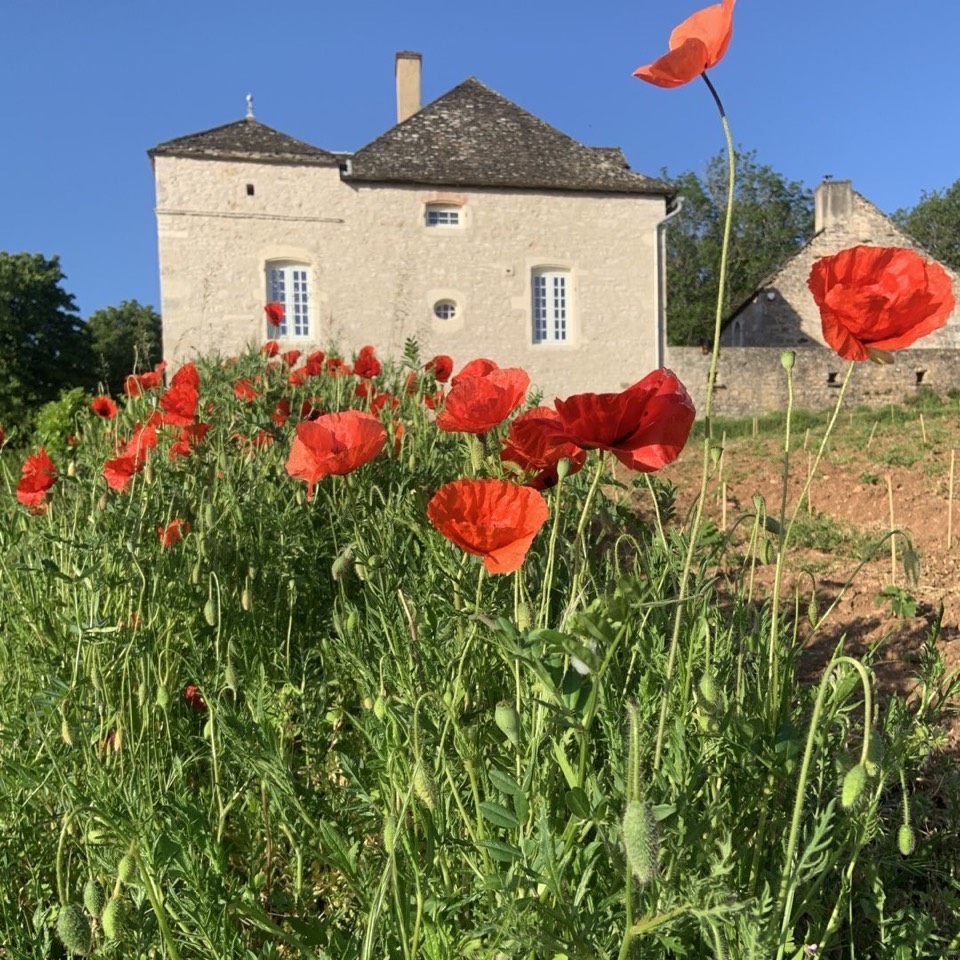
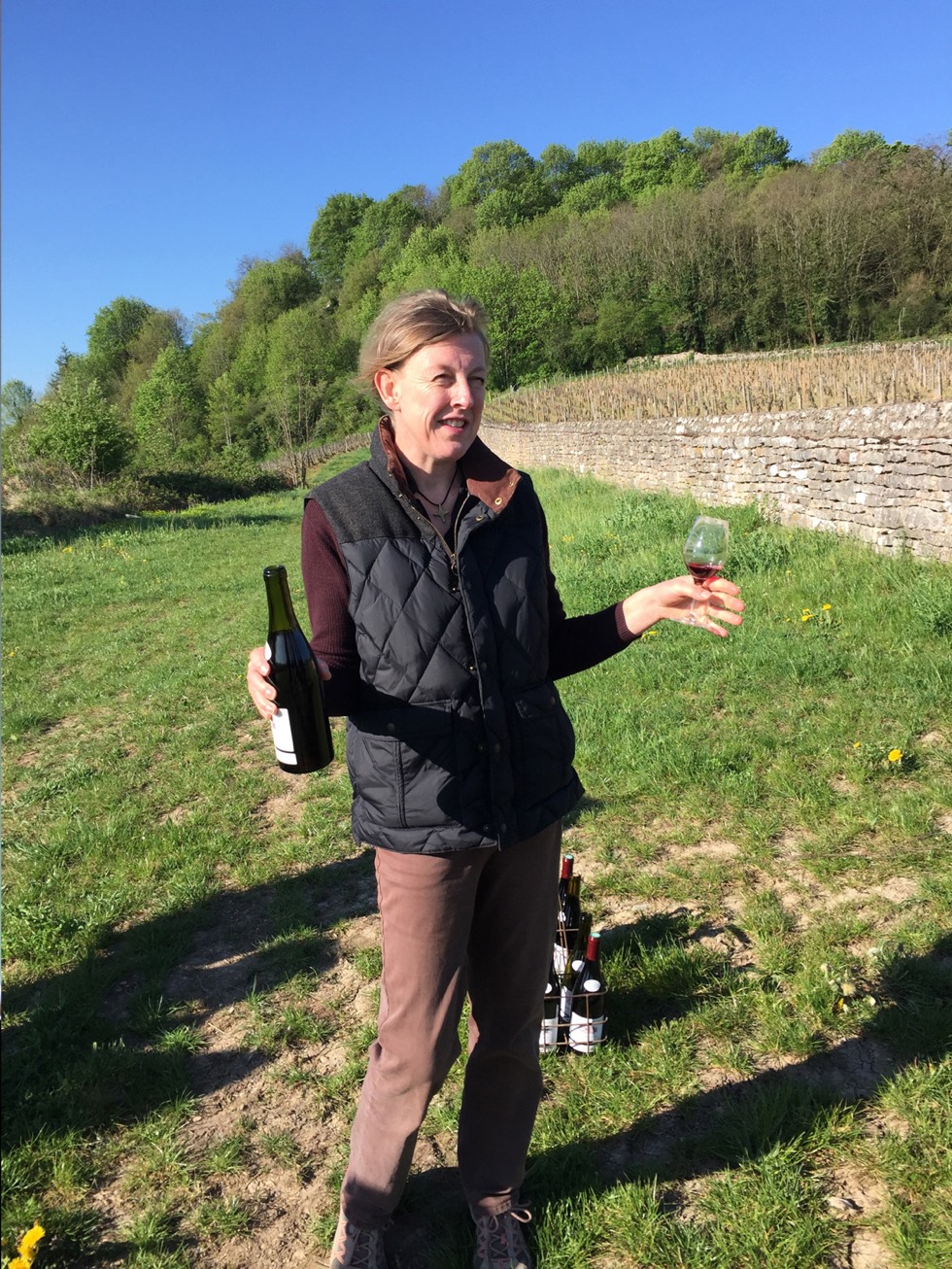
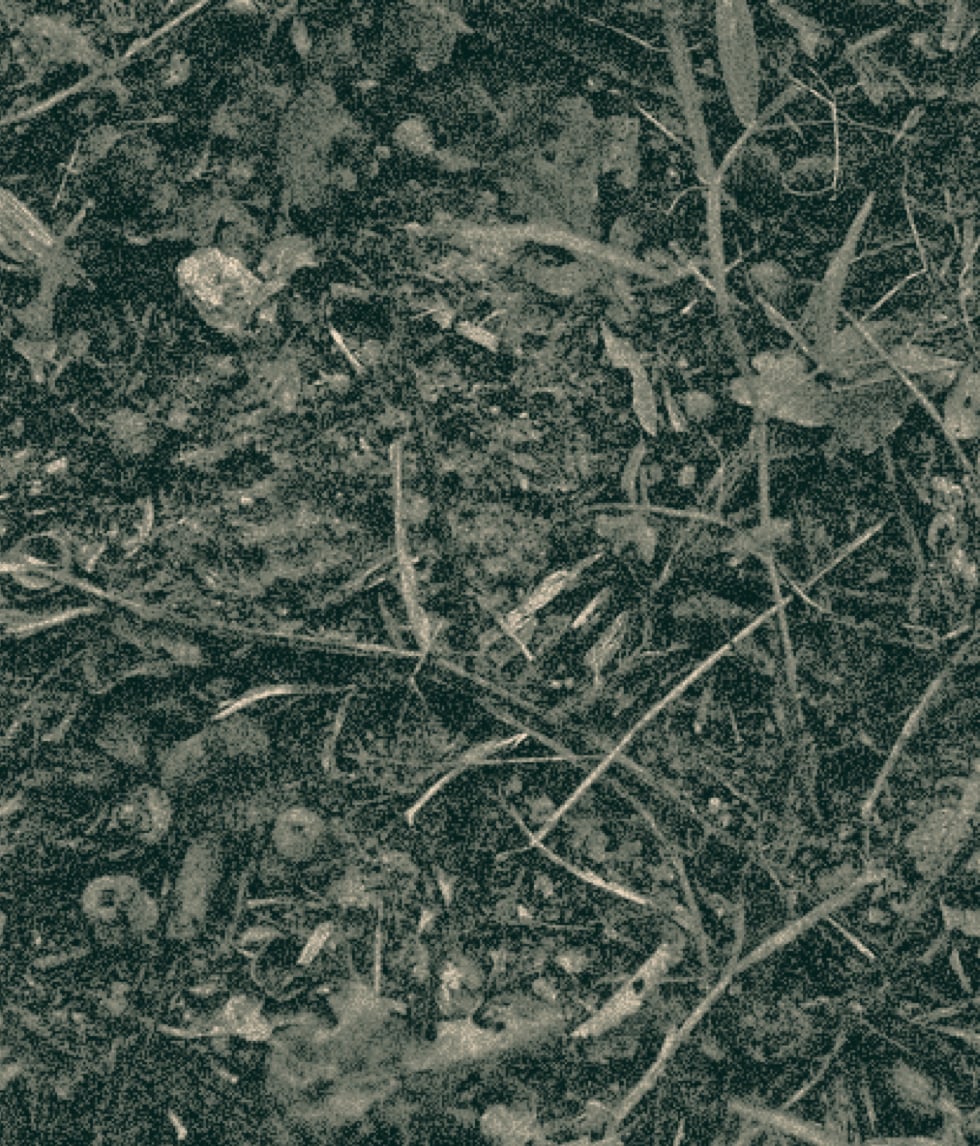
Ninety percent of the vines are planted to Pinot Noir; the remainder is planted to Chardonnay.
The vineyards are managed in as natural a manner as possible. Vines are pruned short, no herbicides are used, and fertilizer, natural compost, is rarely applied. Crop size is further reduced in July. The white wine undergoes a rapid pressing, with fermentation occurring partially in barrel and partially in cuve. About 20% new oak is used in the elevage of the white. The Mercurey Blanc is not racked until July and then is usually bottled in September, twelve months after harvest. The reds are entirely destemmed; natural yeast is used; and there is a cold maceration of 24 to 48 hours. During a cuvaison of two weeks or more, there is a pigeage, often twice daily but the intensity and duration are determined by the structure and character of the vintage. The elevage is divided between small barrel and cuve for an eight month period; then, the wines are assembled and racked into barrel for another 12 to 16 months before bottling. Most of the red wines destined for the United States are not filtered.
Farming
Lutte Raisonnée
Treatments
Synthetic treatments when necessary
Ploughing
Annual ploughing to promote soil health
Soils
Limestone-clay
Vines
Trained in Guyot and planted at 9,800 vines/ha, ranging from 6-60 years old.
Yields
Very low yields in the region; controlled through severe winter pruning, debudding, and green harvesting. Yields are 35-45 hl/ha, depending on the vintage.
Harvest
Exclusively manual, usually in late September
PURCHASING
Entirely estate fruit
Fermentation
After total destemming, wines ferment with native yeasts in concrete and stainless-steel tanks; cuvaison lasts 2-4 weeks.
Extraction
Punchdowns and pumpovers, depending on the vintage.
Chaptalization
Chaptalization when necessary
Pressing
Pneumatic pressing
Malolactic Fermentation
Spontaneous, in barrel and tank in the spring
Élevage
Wines age 18 months. 1er cru wines age entirely in barrel, with 20% new. Village wines age in neutral barrels and stainless-steel tanks.
LEeS
Wines remain on their fine lees until assemblage prior to bottling
FINING & FILTRATION
Fined with bentonite if necessary, filtered with diatomaceous earth if necessary
SULFUR
Applied at harvest, after malolactic, and at bottling, 70-90 mg/l total

